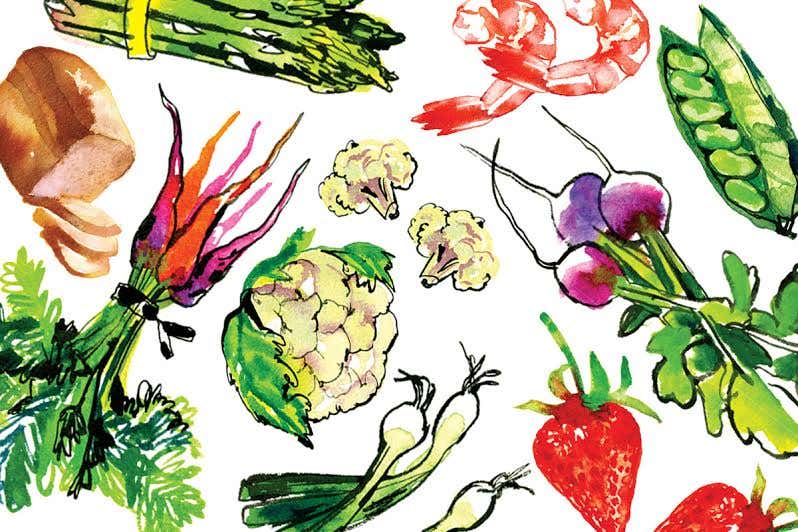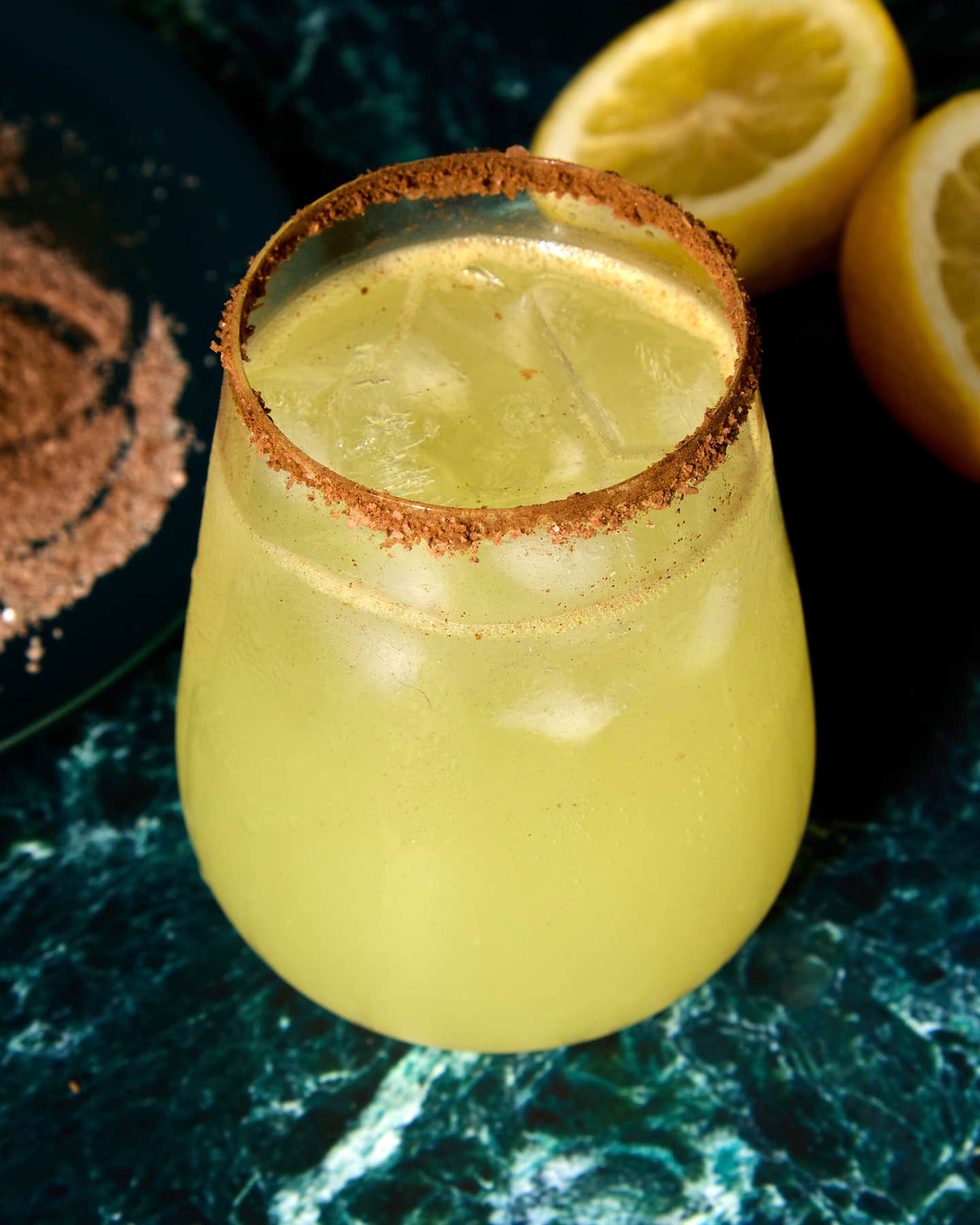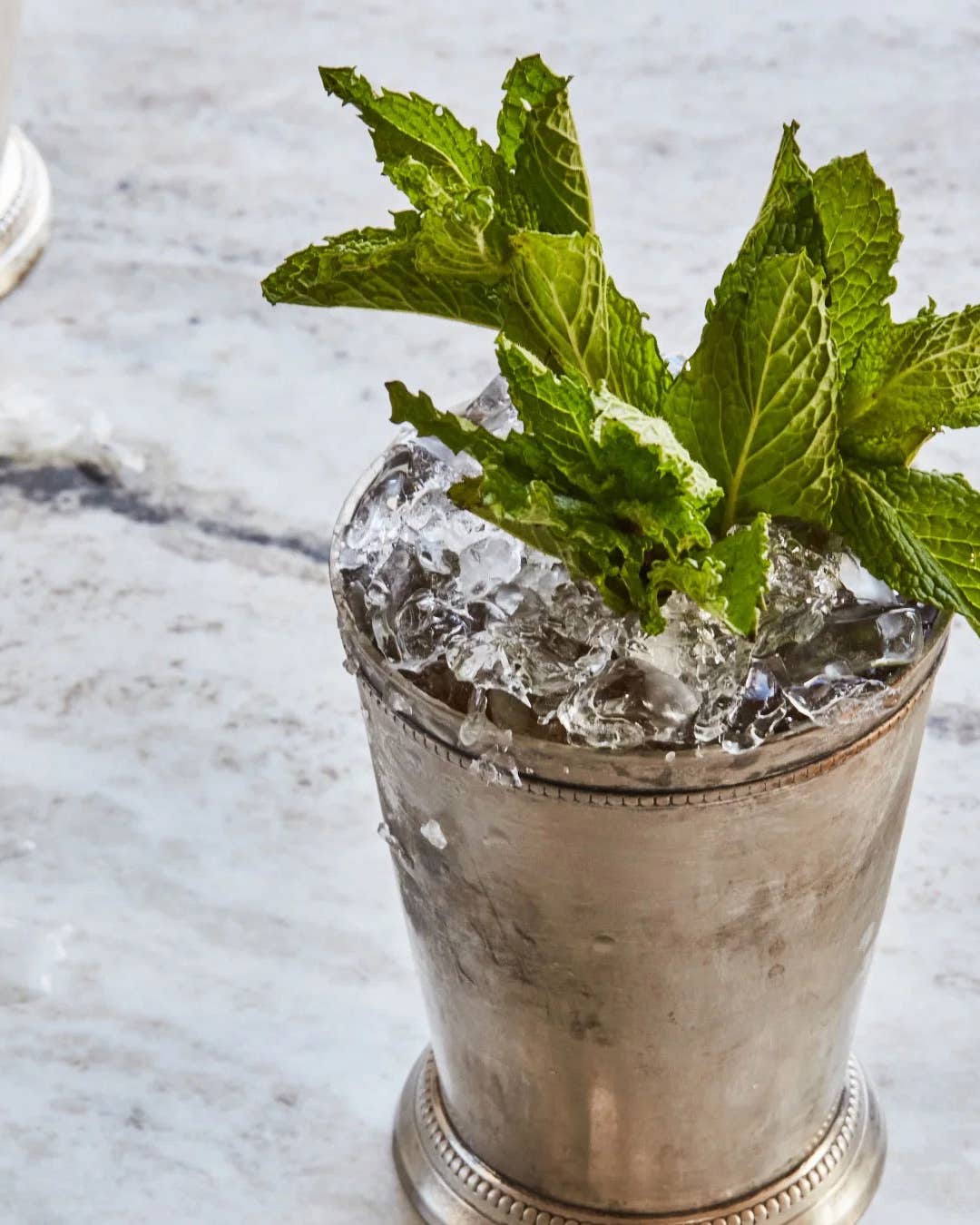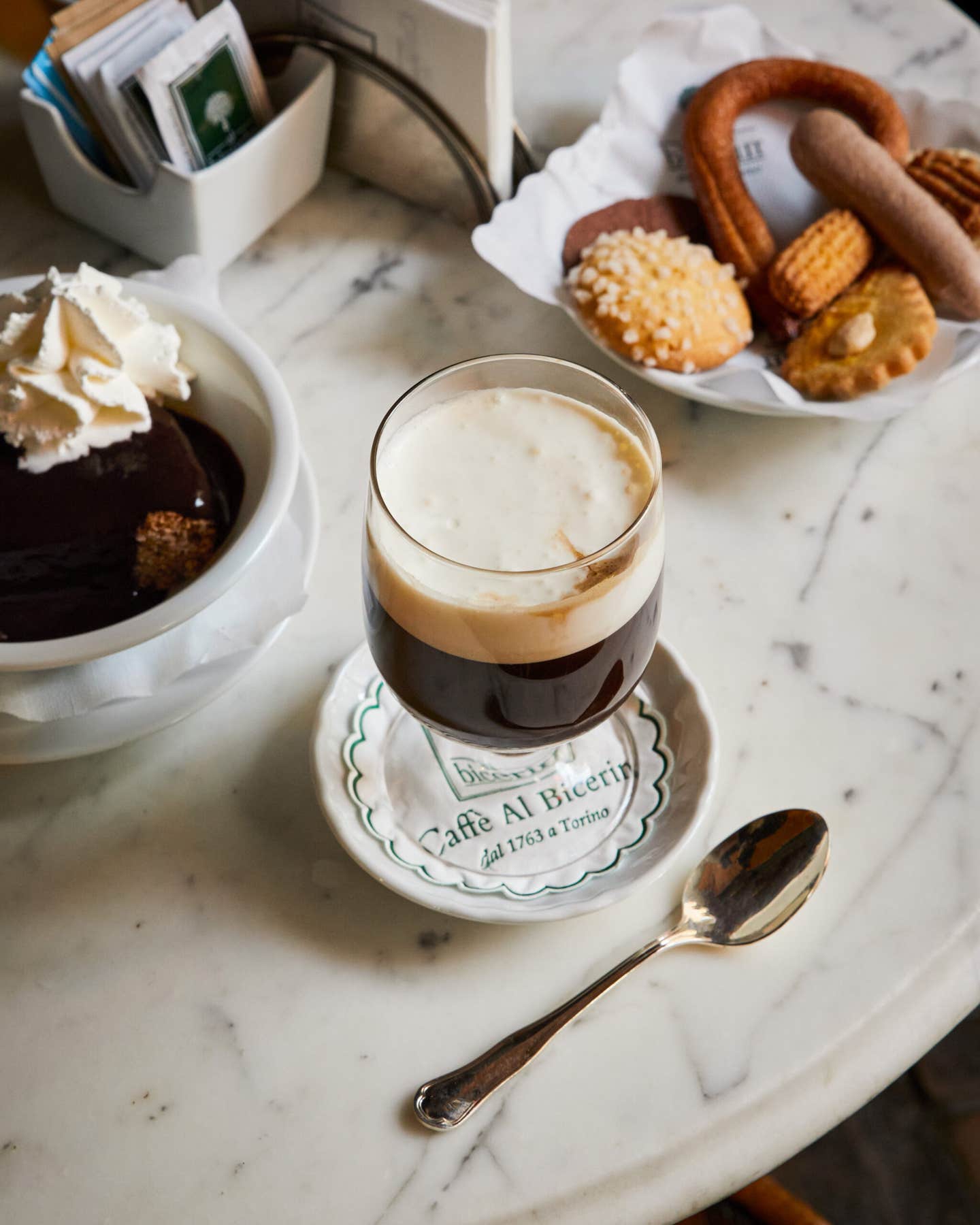
The Martini Variations
The martini, like gin itself, has undergone a remarkable evolution over the years.
The martini, the gin cocktail par excellence, has, like gin itself, undergone a remarkable evolution over the years. American bartenders have been mixing gin with vermouth since the latter decades of the 19th century, though initially the gin would have been a rich, sweet genever and the vermouth a sweet one, too. The martinez (see ** Martinez), an 1880s cocktail widely cited as the martini's starting point, was actually more like a manhattan than a dry martini. It featured the Old Tom style of gin, still sweet but lighter than genever, that was just then catching on in the U.S., coinciding with a trend toward lighter cocktails. Whether "martini" is a riff on "martinez" or has another root—some credit Gilded Age bon vivant Randolph B. Martine as the drink's inventor; others point to the Martini brand of vermouth—remains open to debate. But there's no question that the turn to light, crisp drinks continued, opening the floodgates not only to the new London dry style of gin, but also to dry vermouth from France and Italy. By the early 20th century, the two had converged in the dry martini, though the version coming across bars circa 1910, with its high proportion of dry vermouth and double dash of orange bitters (see ** Original Dry Martini), was still a step removed from the minimalist take—nothing more than ice-cold gin and the merest hint of vermouth—that's reigned since the 1940s. Still, even the mutable martini has its limits. There are ingredients—vodka, I'd argue, or acid-green apple schnapps—that never a true martini make, no matter what kind of glass they're served in.
Keep Reading
Continue to Next Story










